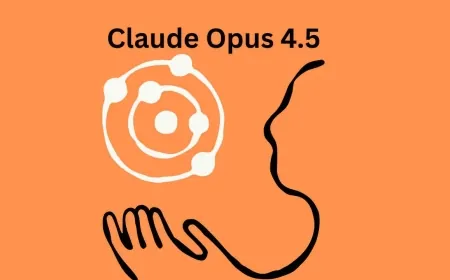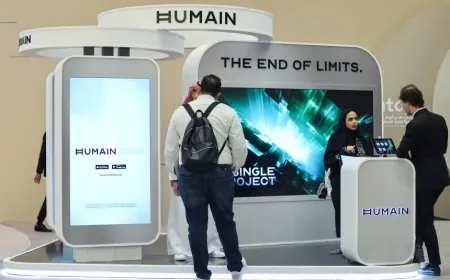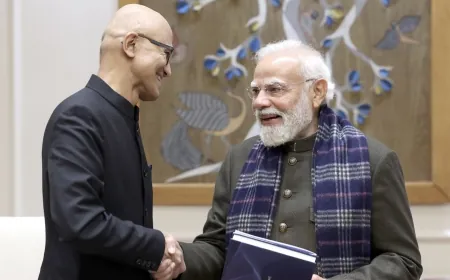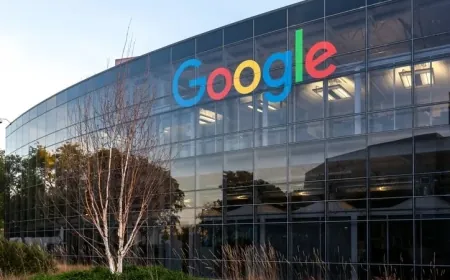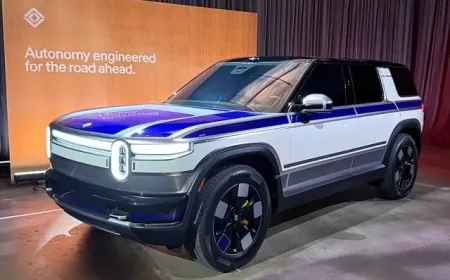SpaceX Steps In to Rescue NASA Astronauts Stuck in Space After Boeing’s Failure
SpaceX initiates a rescue mission to bring home NASA astronauts stranded on the ISS after Boeing's spacecraft troubles

SpaceX has taken on an important mission to bring back two NASA astronauts who have been stuck at the International Space Station (ISS) for much longer than planned. The rescue mission launched on Saturday, aiming to safely return the astronauts, who won’t be back on Earth until next year.
The astronauts, Butch Wilmore and Suni Williams, were originally supposed to return home using a Boeing spacecraft. Unfortunately, that plan fell through earlier this month when the Boeing Starliner spacecraft returned empty to Earth due to safety concerns. As a result, NASA turned to SpaceX, which sent a capsule into orbit to pick up the two astronauts. NASA's Nick Hague and Russian cosmonaut Alexander Gorbunov are handling this mission to bring their colleagues back safely.
Astronauts Face a Longer Stay in Space
Typically, NASA rotates the crews on the ISS every six months. However, due to this unexpected change, Wilmore and Williams will now have to wait until late February 2024 to come back. By then, they’ll have spent more than eight months in space, which is a huge difference from the one-week trip they originally signed up for when they launched with Boeing back in June.
NASA decided to make this change after several problems emerged with the Boeing Starliner, such as thruster malfunctions and helium leaks, which made the spacecraft too risky for astronaut transport. To make room for Wilmore and Williams on the return trip, NASA had to remove two astronauts from the SpaceX launch.
Changes on the Space Station
Suni Williams is now the commander of the ISS and will stay in charge until the mission is completed. Once Hague and Gorbunov reach the ISS this weekend, the four astronauts who have been there since March can finally head back home on their own SpaceX capsule, which was delayed due to the Starliner’s issues. This delay has meant that Wilmore and Williams have had to wait much longer than expected for their ride back home.
Hague, who is now leading the rescue mission, is no stranger to handling unexpected situations. In fact, he experienced a major emergency back in 2018 when a Russian rocket failed shortly after takeoff, and he had to use the emergency escape system to return safely to Earth.
NASA's and SpaceX's Partnership
SpaceX has become a big name in NASA’s space missions, especially since the space shuttle program ended over a decade ago. SpaceX started flying astronauts to the ISS in 2020 and has since carried out ten crewed flights for NASA. On the other hand, Boeing has faced several problems with its spacecraft, which has slowed down its progress in NASA’s commercial crew program.
The Starliner capsule that left Wilmore and Williams behind did manage to land safely in the New Mexico desert on September 6, and it’s currently back at the Kennedy Space Center for analysis and repairs. SpaceX, on the other hand, has shown more reliability, which is why NASA chose them for this rescue mission.
The Launch and What Comes Next
This latest SpaceX launch was delayed because of Hurricane Helene hitting Florida but eventually marked an important milestone. It was the first time astronauts launched from Launch Complex 40 at Cape Canaveral Space Force Station. SpaceX has been using this site for satellite launches for many years and is now expanding to manned missions.
Despite the unexpected challenges, SpaceX’s involvement ensures that Wilmore and Williams will finally have a way home. This mission highlights SpaceX’s growing role in space exploration and shows how adaptable and reliable they are in supporting NASA’s missions. For Wilmore and Williams, the wait to come back to Earth is almost over, and it’s thanks to the collaboration between NASA and SpaceX.
Also Read: SpaceX to Launch 5 Uncrewed Starships to Mars in 2 Years, Crewed Missions Targeted in 4 Years

















































